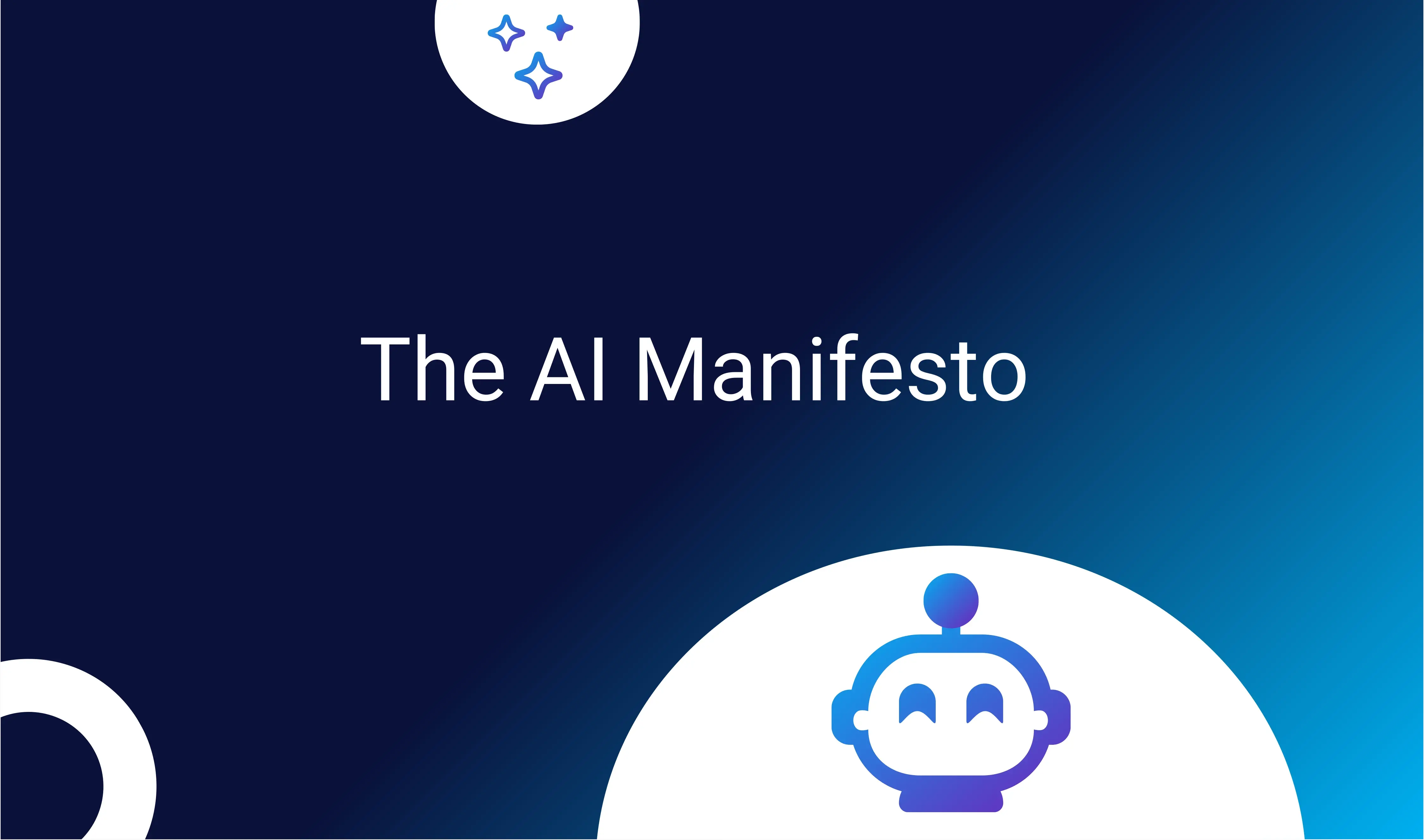Gamification and engagement metrics: How to drive team success
Gamification and engagement metrics: How to drive team success
In today’s fast-paced, digitally connected workplace, organizations struggle to maintain high employee engagement and motivation. Traditional engagement strategies often fall short, leaving teams disengaged and productivity stagnant.
At Wegrow, we’ve uncovered a game-changing solution: gamification.
By blending the psychology of play with workplace goals, gamification enhances team engagement, boosts productivity, and drives efficiency—creating a win-win for employees and organizations alike.
Why gamification works to boost productivity & engagement
Gamification turns routine workplace tasks into engaging challenges, encouraging participation through leaderboards, rewards, and interactive competitions.
By incorporating game-like mechanics such as incentives, points, and recognition systems, organizations can foster a culture of achievement and collaboration. But how does this impact real engagement metrics?
Let’s analyze the data and insights.
Data-driven insights: The impact of gamification at Wegrow
Wegrow analyzed 379+ gamification-based contests across multiple industries over the past year. The results revealed compelling engagement trends:
- Weekly logins increased by 33% during contest weeks.
- Content creation surged by 27%, as more users published posts.
- Cross-market connections improved by 10%, enhancing global collaboration.
- User engagement grew by 36%, including higher comment rates, shares, and downloads.
These statistics demonstrate that gamification is more than just a trend—it’s a data-backed engagement strategy that strengthens collaboration, knowledge-sharing, and overall workplace productivity.

Gamification in action: Real-world case studies
To understand how different gamification strategies influence engagement, we examined three distinct case studies:
Henkel: Driving sustainability through gamification
- Objective: Create a CSR-aligned gamification campaign to boost sustainability engagement.
- Result: A significant rise in cross-market connections and logins, proving that gamification resonates deeply when aligned with corporate social responsibility (CSR) goals.
Campari: Brand-focused engagement with timely themes
- Objective: Leverage seasonal marketing priorities to increase internal engagement.
- Result: The “Aperol Summer” campaign drove higher interactions, highlighting the effectiveness of seasonal and brand-driven gamification strategies.
Kraft Heinz: Goal-oriented contests for higher impact
- Objective: Implement specific goal-based gamification, focusing on brand identity and employee engagement.
- Result: The “Embrace the Red” campaign outperformed general thematic contests, proving that clear, well-defined objectives lead to stronger engagement metrics.

Sustained impact: How gamification delivers long-term results
The impact of gamification extends beyond the contest period, delivering long-term engagement improvements:
- Average logins increased by 38.41% post-contest.
- Post creation remained steady at a 58.34% increase.
- Views stayed elevated at 75.40% above baseline.
These insights prove that gamification isn’t just a short-term boost—it’s a strategic driver of sustained engagement and business efficiency.
Key insights & best practices for effective gamification
From our data analysis and real-world applications, we’ve identified the best ways to maximize gamification success:
1. Implement gamification as a continuous strategy
- Avoid one-off contests—make gamification a year-round initiative.
- Schedule challenges strategically to align with business objectives and team workflows.
2. Customize gamification to align with organizational goals
- Align contests with business cycles, industry trends, and seasonal campaigns.
- Example: Henkel’s sustainability contest drove high participation because it reflected the company’s corporate values.
3. Optimize Contest Timing for Maximum Impact
- Analyze peak activity periods to schedule contests when engagement is naturally high.
- Ensure contests are relevant to ongoing projects to boost participation.
4. Provide Meaningful Rewards & Recognition
- Offer tangible rewards, professional development opportunities, or public recognition.
- Example: Kraft Heinz’s goal-driven contests proved that employees respond best when incentives align with personal and organizational success.
Turning Engagement into long-term success
At Wegrow, we believe that gamification is more than just a strategy—it’s a mindset shift that drives long-term business success.
Whether boosting sustainability initiatives, enhancing cross-team collaboration, or aligning employee engagement with corporate goals, gamification proves time and time again that engaged teams drive stronger business outcomes.
As organizations continue to navigate an evolving workplace landscape, gamification offers a scalable, data-driven solution to keep employees motivated and aligned with strategic objectives.
Ready to Take Your Team Engagement to the Next Level?
✔ Want to unlock the power of gamification for your organization?
✔ Looking to drive productivity and engagement with proven strategies?
More blog articles
ARTICLES

How gamification drives Business growth and employee engagement

The Wegrow AI trust manifesto: Secure, ethical, and high-impact AI

